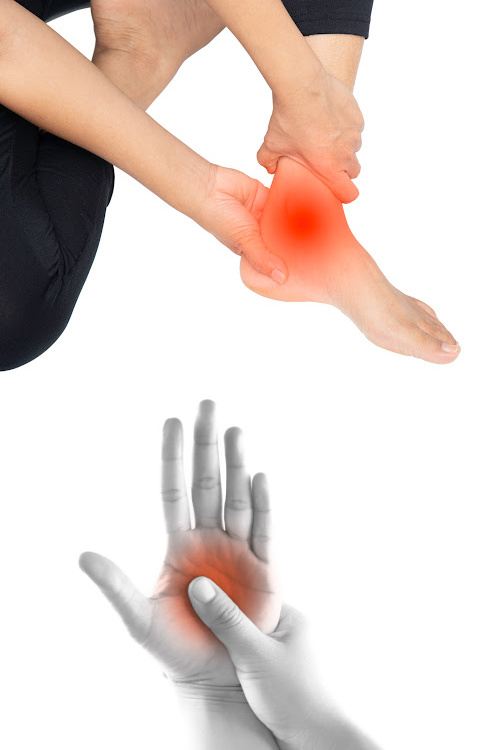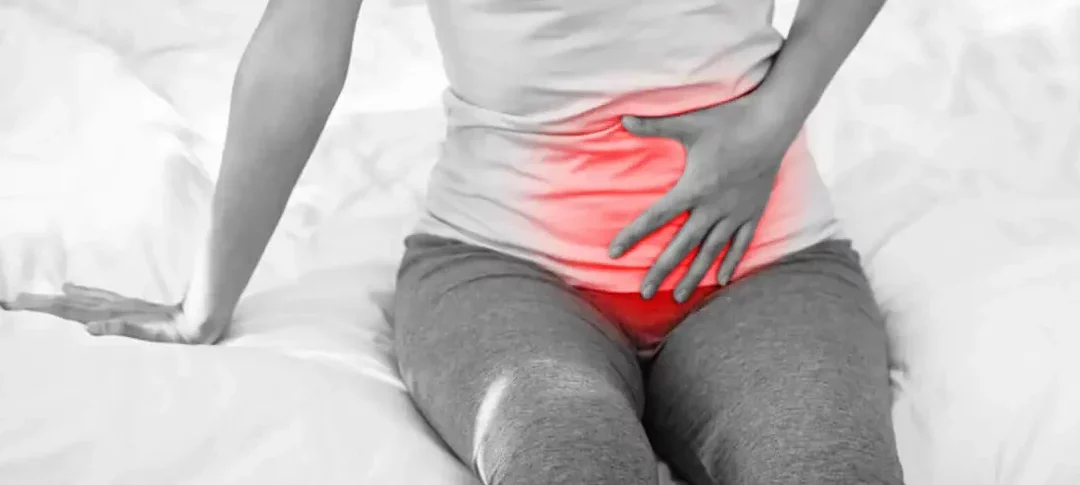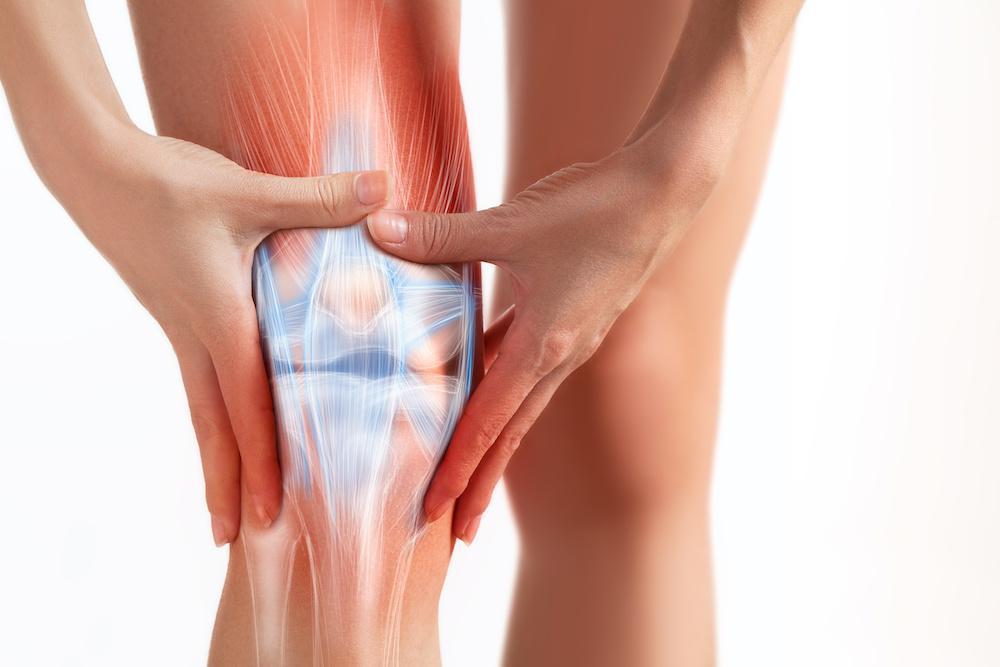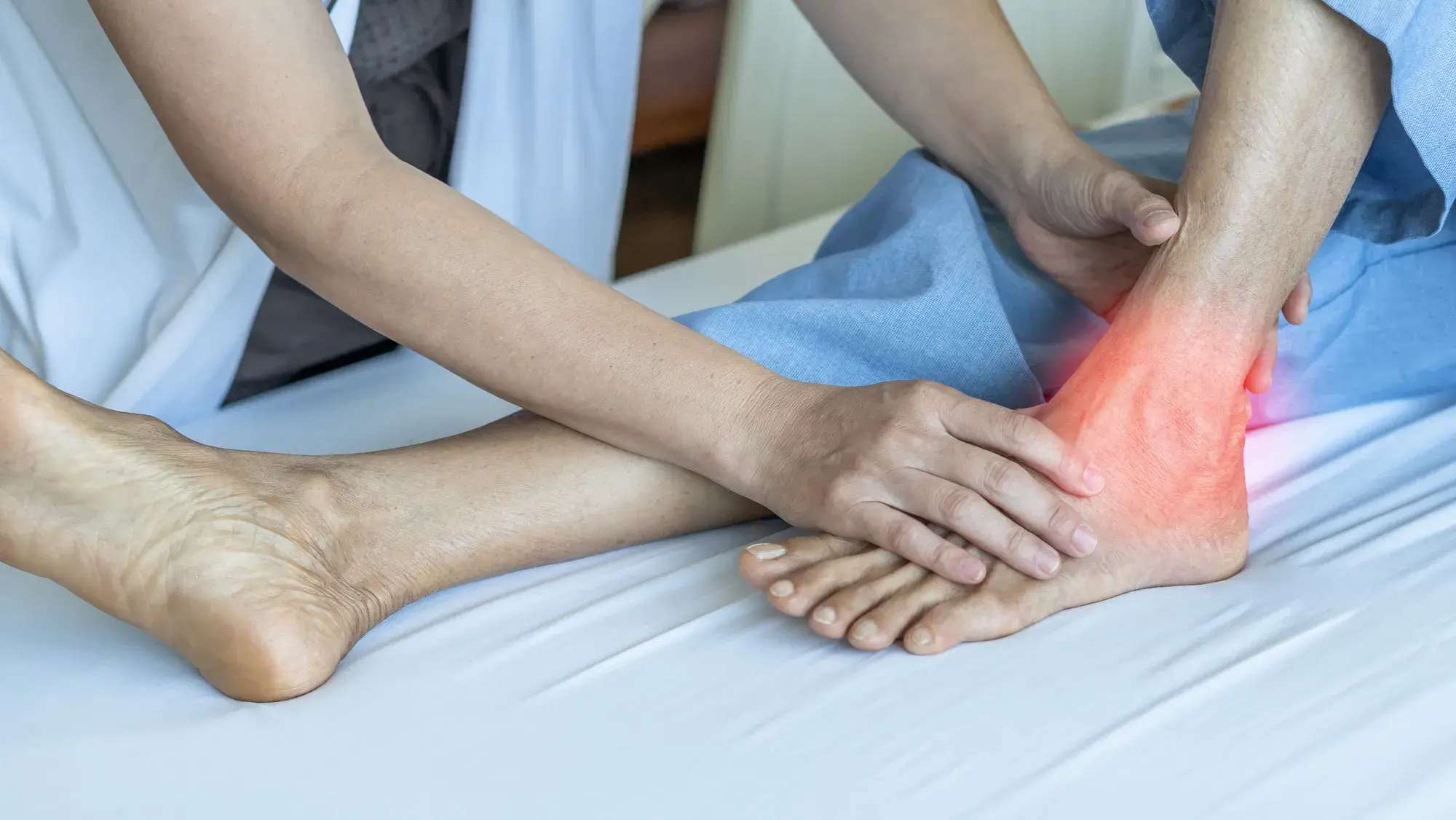Feeling a numbness in your body can be a scary and uncomfortable experience. This numbness, also known as paresthesia, is a tingling or prickling sensation that can occur anywhere in the body. It is often described as feeling like pins and needles or a loss of sensation.
Numbness can affect any part of the body. In some cases, it’s nothing to worry about and can resolve itself, but in other cases, it may be a sign of a more serious underlying condition.
We can treat certain conditions that cause such numbness if those conditions are caused by neurological factors. We focus on relieving chronic pain and inflammation caused by some of the conditions that lead to numbness. There may be cases where we can help provide relief from numbness as well.
Defining The Numbing Sensation
Numbness is a common symptom that many people experience at some point in their lives. It is characterized by a tingling or loss of sensation in different parts of the body, such as the hands, legs, feet, or even the face. This sensation can be described as a feeling of “pins and needles” or a lack of sensitivity in the affected area.
Frequent Factors Behind Numbness
Several factors can contribute to the sensation of numbness in the body. Some common causes include:
- Poor circulation: Feelings of numbness that develop in the hands and feet can often be caused by poor blood flow. This usually results from underlying health conditions such as diabetes or hypertension.
- Injuries: Numbness can occur due to an injury or trauma to the affected area, such as a pinched nerve or a sprained ankle. Such injuries can put pressure on nerves and disrupt their ability to transmit signals properly.
- Back problems: Conditions such as herniated discs or spinal stenosis can cause leg or foot numbness due to nerve compression, which occurs when a nerve is pressed or squeezed, disrupting its function.
- Nerve compression: Conditions like sciatica and carpal tunnel syndrome can cause numbness in the hands, wrists, and legs due to compression of nerves.
- Poor body posture: Poor posture can put pressure on nerves and cause numbness in certain areas of the body, such as the neck, shoulders, and arms.
Medical Conditions Associated With Numbness
Some issues (such as those previously mentioned) that lead to numbness can be resolved on their own with rest or lifestyle changes. However, there are cases in which numbness results from an underlying medical condition. The following are some of the medical conditions which commonly cause numbness as one of their symptoms:
- Sciatica: A condition that causes irritation or sciatic nerve compression, resulting in pain and numbness in the lower back, buttocks, and legs.
- Fibromyalgia: A chronic pain disorder that leads to widespread pain and tenderness in the body, including numbness in certain areas.
- Peripheral neuropathy: A nerve disorder that results in numbness, tingling, and weakness in the hands and feet.
- Multiple sclerosis: An autoimmune disease that affects the central nervous system and can cause numbness, weakness, and loss of coordination.
- Tarsal tunnel syndrome: A condition that affects the tibial nerve in the foot and can cause numbness, tingling, and pain in the feet.
- Peroneal nerve dysfunction: A condition that affects the fibular nerve in the legs and ankles that can cause numbness, tingling, and pain in the feet.
- Diabetic neuropathy: A kind of nerve damage that can occur in individuals with diabetes and cause numbness, tingling, and pain in the hands and feet.
- Peripheral artery disease: A condition that narrows or blocks blood vessels in the legs, reducing blood flow and causing numbness and pain.
- Trigeminal neuralgia: Numbness of one side of the face can be a indication of a trigeminal neuralgia flare-up.
When Should You Be Concerned About Numbness?
While numbness may be a common and harmless sensation, there are some cases where it could indicate a more serious issue. If you experience any of the following symptoms along with numbness, it’s essential to seek medical attention:
- Numbness that affects only one side of the body
- Numbness accompanied by weakness or paralysis
- Numbness that does not go away after a few hours
- Numbness accompanied by severe pain, especially in the chest or head
- Numbness that is accompanied by difficulty speaking, confusion, dizziness, or a change in vision
Common Treatment Options For Numbness
If you’re experiencing regular feelings of numbness in certain parts of your body, it’s best to speak with a doctor to determine the underlying cause. Depending on the cause, your doctor may recommend one or more of the following treatment options:
Medications And Topical Creams
In some cases, medication may be prescribed to manage numbness. This could include over-the-counter pain relievers or prescription medications meant to target the underlying cause of the numbness. These can include anti-inflammatory drugs for conditions like arthritis or nerve pain medications for nerve-related numbness. Topical creams containing ingredients such as capsaicin can relieve localized numbness.
However, there are a few drawbacks to using medication for numbness. Certain medications may cause side effects or interact poorly with other medications. Additionally, they may only provide temporary relief and do not address the root cause of the numbness.
Physical Therapy
Physical therapy may be recommended to treat numbness caused by injuries or conditions that affect the muscles, nerves, or bones. Physical therapists will provide exercises and techniques to improve movement, strength, and flexibility in affected areas, potentially reducing pressure on affected nerves.
More Invasive Procedures
More invasive procedures may be recommended in severe cases when other treatments fail to relieve your numbness. This could include surgeries or injections to relieve nerve pressure or repair damaged tissue.
- Steroid injections: A corticosteroid injection may be given to reduce inflammation and relieve pressure on affected nerves. Although they can be helpful, there are risks associated with steroid injections, including infection or nerve damage, as well as long-term side effects, such as weight gain or increased blood sugar levels.
- Surgery: In cases of severe injuries or nerve compression, surgery may be recommended to repair damaged tissue or relieve pressure on affected nerves. Surgery is typically a last resort as it comes with potential risks, such as infection, bleeding, or nerve damage. Additionally, it can be expensive and can require a lengthy recovery time.
How We Approach Numbness-Induced Pain
Our Neuragenex Neurofunctional Pain Management protocol was specifically designed to help relieve chronic pain and inflammation caused by a wide range of medical conditions and injuries. We use a Neurofunctional Pain Management approach, which means we focus on treating the underlying neurological factors contributing to the symptoms you’re experiencing. We avoid using medications and other treatments that only temporarily mask the symptoms.
The following are some of the FDA-cleared treatment modalities we use as part of our protocol, all of which are drug-free, non-chiropractic, non-surgical, and non-invasive.
Electroanalgesia
Electroanalgesia is a pain management technique that uses high-pulse electrical current to ease pain, boost blood circulation, improve mobility, and induce...
IV Therapy
IV nutritional therapy, or intravenous therapy, involves administering vital nutrients directly to the bloodstream through an IV. This type of treatment bypasses the digestive system, allowing for maximum absorption and utilization of nutrients by the...
Lifestyle Counseling
Lifestyle counseling is an approach to managing chronic pain that involves identifying, assessing, and modifying lifestyle factors contributing to an individual's pain. For example, lifestyle factors such as nutrition, physical activity, stress, sleep quality...
Numbness-Related Conditions We Manage
Our primary treatment modalities, which include electroanalgesia and IV therapy, can help improve blood circulation and reduce inflammation, which can help manage symptoms caused by many conditions, including:

Sciatica Pain Treatment
Sciatica can be a debilitating condition, causing intense pain and discomfort that can make it difficult to perform daily activities or even move around. We offer a safe, non-surgical, non-chiropractic, and drug-free treatment option that can help provide...

Fibromyalgia Pain Treatment
Fibromyalgia is a chronic disorder that causes several symptoms, including widespread pain, fatigue, and cognitive impairment. Our non-surgical and drug-free treatments can help reduce the chronic pain associated with fibromyalgia. Additionally, our holistic...

Peripheral Neuropathy Pain Treatment
We offer a unique and leading-edge approach to treating the burning, tingling, throbbing pain that may be associated with peripheral neuropathy or nerve damage. We have helped 100’s of patients, just like you, reduce their pain fast and get back to living...

Pelvic Floor Muscle Spasm-Induced Pain Treatment
Pelvic floor muscle spasms are a leading cause of urinary incontinence - a condition that can have a devastating impact on your life, cause embarrassment, and prevent you from enjoying even the simplest of daily activities, such as walking or...

Knee Pain Treatment
Are you suffering from chronic knee pain? We offer a non-invasive, non-chiropractic solution for reducing and controlling knee pain. Our drug-free treatments are designed to improve joint function, reduce inflammation, and provide long-term pain relief...

Tarsal Tunnel Syndrome Treatment
Tarsal tunnel syndrome is a painful disorder that affects the foot and ankle. It develops when the tibial nerve, which runs through a narrow space called the tarsal tunnel, becomes compressed or...
Take The First Step Towards Numbness Relief
Numbness is a sensation that can be caused by various conditions and injuries. Sometimes, it may only be temporary and harmless, but in other instances, it could indicate an underlying health issue that requires medical attention. If you’re experiencing regular or severe numbness, you should consult with a medical professional.
We offer a drug-free, non-invasive Neuragenex Neurofunctional Pain Management approach to help relieve numbness-induced pain and improve overall well-being. Don’t let numbness hold you back from enjoying life – contact us today to schedule a consultation and take the first step towards relief.
Are you experiencing numbness and discomfort in your legs or elsewhere due to sciatica? Know how we can help.




